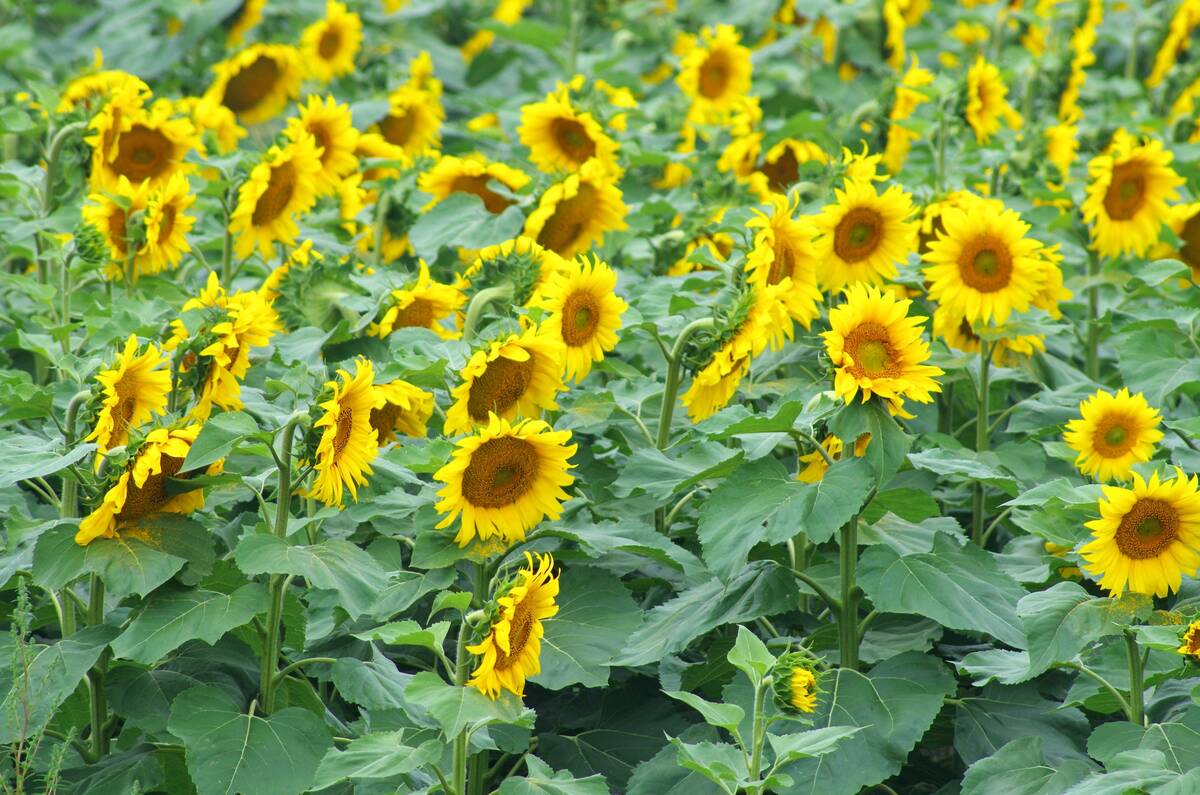A simmering frustration builds toward a boil when Ian Wishart talks about the challenges of getting a national program in place that would reward producers for farm stewardship practices.
Wishart, a producer from Portage la Prairie, Man., and vice-president of Keystone Agricultural Producers, said much of the frustration stems from the challenge of persuading Agriculture Canada bureaucrats to embrace pilot projects to gauge how well the program would work.
The Alternate Land Use Services program would pay farmers for practices beneficial to the environment, such as protecting riparian areas or seeding fragile land to hay. Wishart said pilot projects would help ensure the most benefit to everyone involved.
Read Also

Made-in-Manitoba sunflower hybrid heads to market
Glacier FarmMedia – Manitoba’s confection sunflower growers will have a new seed option next spring that was developed specifically to…
“We’re kind of feeling that they won’t get the basic information to make good policy decisions because they won’t go ahead with the pilots,” he said. “We think that pilots are a necessary first step and we’d like to get them going.”
Wishart came up with the idea of ALUS and has had KAP’s support for the past five years to promote the concept across Canada.
A number of provinces and farm groups are interested in the idea. However, there still is no telling how soon it might be implemented.
Wishart hopes ALUS can perhaps be included in the next agricultural policy framework, scheduled for 2008. The current APF, unveiled two years ago, established a five-year blueprint for agricultural policy in Canada.
Wishart sees ALUS as a way to help protect the environment without burying producers under a mountain of regulations that would cost money to administer and enforce.
“We really feel it’s the only way we can deal with all the environmental demands that are coming down on producers, not only in Western Canada but across Canada,” he said.
“Society will get what they’re looking for in terms of environmental benefit, and probably on a much larger scale and for a lot less cost than regulating it.”
At a recent general council meeting of KAP, Wishart said ALUS would pay producers $15 per acre for wetland preservation, $15 per acre for riparian preservation, $10 per acre for hay production on fragile land that could still be cut for forage, $20 per acre for land seeded to a permanent forage cover that would not be used for agriculture, and $15 per acre for the natural landscape preservation.
He said that is a conservative list of what producers could expect to be paid.
“I like to think it’s the right policy for the right time,” Wishart said. “It’s more than just agricultural policy. It’s environmental policy and it’s a social policy for rural Canada. It’s part of that, too.”














